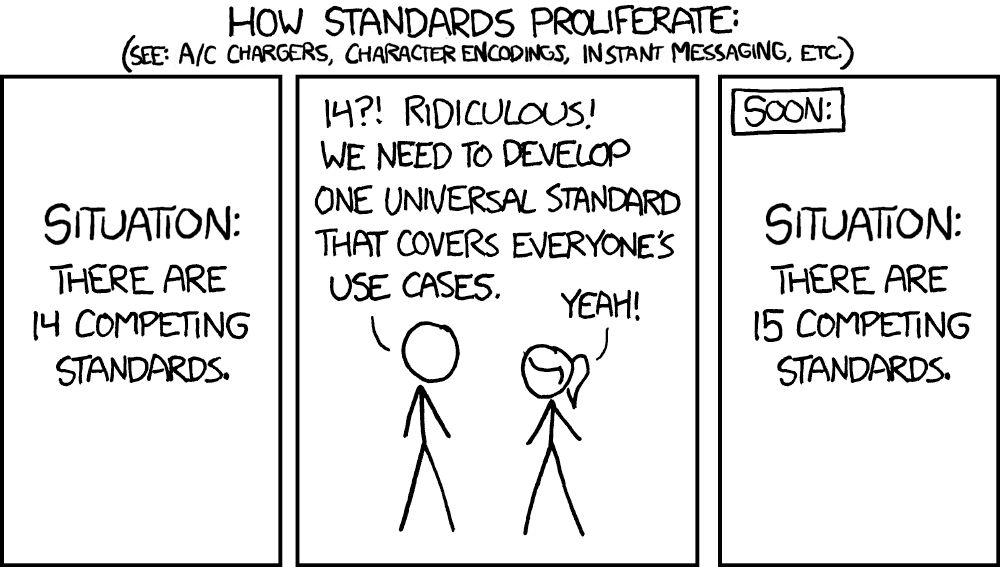Originally posted by sinepgib
View Post
Originally posted by sinepgib
View Post
Lets take one of the worst real world examples that was massively spread. "X11 server user mode setting drivers(UMS)" yes this are Microkernel style drivers. First UMS designed for a Microkernel Unix in fact not monolithic Linux. Now what is the fatal problem here. These UMS microkernel drivers mandated full /dev/mem access.under Linux and every other platform they were used on because there design mandated full physical memory access to the userspace drivers. Think about it you have just authorized user space process to have full system wide memory access there is now no separation between the kernel and user-space or user-space to user-space any more. Yes people think X11 server running as root was the worst problem the worst problem was that the UMS drivers had full run of complete OS memory.
Share memory between processes does not need prior explicit authorization from both processes todo so this is true under monolithic kernels and microkernel its just a question of authorization. Think debugging lots of OS only the debugging process need authorization to access another processes memory. What is authorized comes very important.
This is why its absolutely critical to have a verified microkernel design not just random microkernel design. This checks that the authorization design is sane and functional. " X11 server UMS drivers are example of not sane or functional authorization.
Originally posted by sinepgib
View Post




Comment